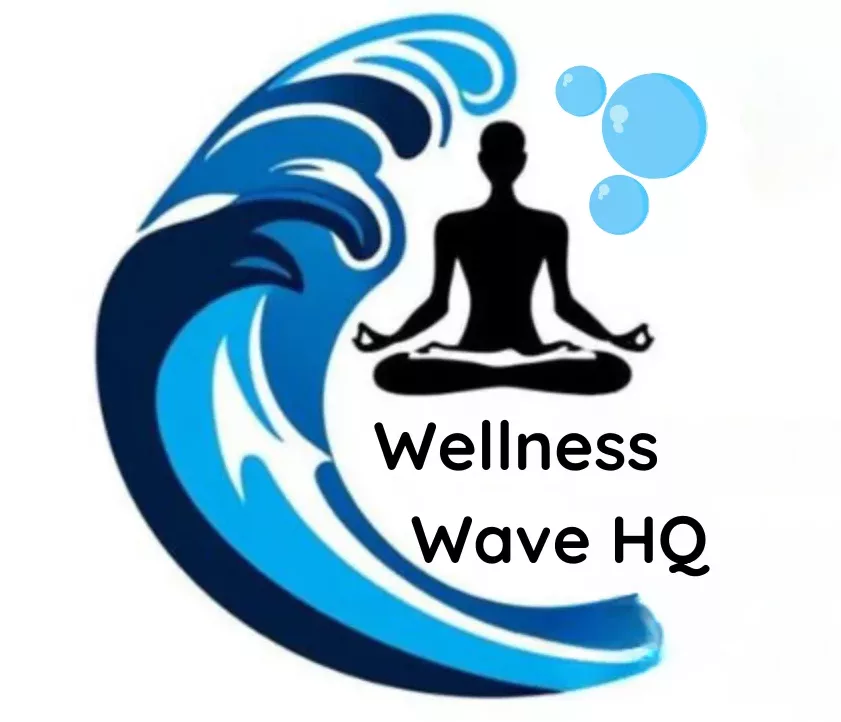
I’ve noticed that when it comes to pain management, massage therapy is sometimes overlooked. It’s more than just a way to relax; it’s a healing tool. Simply put, massage therapy involves manipulating the body’s soft tissues to alleviate discomfort, improve mobility, and enhance overall wellness.
The benefits of this practice have piqued the interest of researchers. There is compelling evidence that links regular massage therapy to notable pain reduction for individuals with conditions like arthritis and back pain. Moreover, studies suggest massage can lower stress hormones, which incidentally may further alleviate pain.
You might wonder how massage therapy stacks up against traditional painkillers and physical therapy. While these conventional methods focus on symptom relief, massage therapy addresses pain at its muscular source. Combining massage with your existing pain management can pave the way for a more comprehensive, holistic approach.
Given these insights, it becomes clear that finding a qualified massage therapist is crucial. You need someone who not only eases the pain but enhances your journey towards lasting wellness.
Choosing Your Pain Relief Partner: Selecting the Right Massage Therapist
Your experience with massage therapy can vary greatly depending on the skills and qualifications of the therapist you choose. It’s crucial to select someone who is not only certified but also has the right experience, especially in pain management.
Start with certifications when considering a therapist. These are your assurance that the therapist has undergone the necessary training and adheres to professional standards. In the United States, this typically means they should be recognized by the American Massage Therapy Association (AMTA) or the National Certification Board for Therapeutic Massage & Bodywork (NCBTMB).
Questions to Ask: When interviewing potential therapists, inquire about their experience with your specific type of pain. Ask if they’re familiar with conditions like yours and request them to share their approach to treatment. It’s wise to explore how long they’ve been practicing, if they have any areas of specialization, and how they stay current with the latest advancements in pain management massage techniques. 
It’s also wise to explore how long they’ve been practicing, if they have any areas of specialization, and how they stay current with the latest advancements in pain management massage techniques.
Do they take a personal interest in your journey to recovery? An empathetic therapist can make a significant difference, offering not just physical relief but also emotional support.
Recommendations and Referrals: A solid recommendation is worth its weight in gold. Seek recommendations from healthcare providers, friends, or family members who have had positive experiences with massage therapy. Online reviews and professional directories can also provide valuable insights.
Armed with the right therapist, you can look forward to not only easing your pain but also embarking on a path to a more pain-free existence. With their help, your next step is incorporating massage therapy seamlessly into your life, enhancing the healing process that awaits in the next section of our discussion.
Weaving Massage Into Your Life Tapestry: A Strategy for Routine Pain Management
Introducing massage therapy into your life as part of a pain management plan requires thoughtful planning. One of the most crucial steps is creating a massage schedule that aligns with your unique situation.
Creating a Massage Schedule: The frequency of massage sessions can vary depending on your specific condition and needs. Some individuals may benefit from weekly sessions, especially if they’re dealing with high levels of chronic pain or are in the initial stages of a treatment plan. Those with moderate discomfort might find that bi-weekly or monthly appointments suit their needs. These suggestions are not hard and fast rules—listen to your body and adjust the frequency of your sessions accordingly.

Combining with Other Treatments: Massage therapy can be a powerful addition to other pain management strategies. It can enhance the effectiveness of physical therapy, complement medication regimens, and support overall wellness practices such as exercise and mindfulness. Always inform your massage therapist of any other therapies you’re undergoing so they can adjust their techniques accordingly.
Setting Realistic Goals: Establish clear, achievable goals for your massage therapy sessions. Whether it’s reducing pain levels, improving mobility, or enhancing overall well-being, setting specific targets can help you and your therapist measure progress and adjust treatments as needed.
Imagine it as an extra tool in your toolbox, one that enhances the effects of existing practices. By setting achievable hurdles, you not only avoid disappointment but can also better recognize and celebrate the progress you make.
Mastering Self-Administered Pain Relief: Embracing At-Home Massage Techniques and Tools
Putting power back in your hands starts with mastering self-massage techniques and discovering the tools that can help manage pain in the comfort of your own home.
Self-Massage Techniques: Simple techniques such as using your hands to knead sore muscles or applying pressure to specific trigger points can provide immediate relief. Basic self-massage offers a practical and  immediate way to alleviate discomfort when getting to a professional isn’t an option. Online resources and instructional videos can guide you in mastering these methods safely.
immediate way to alleviate discomfort when getting to a professional isn’t an option. Online resources and instructional videos can guide you in mastering these methods safely.
Tools and Gadgets: Investing in massage tools like foam rollers, massage balls, and handheld massagers can enhance your self-care routine. These tools are designed to target specific areas of the body and can be used to relieve tension and improve circulation. They are also excellent for deep-tissue work, helping to release knots and tension.
Safety Tips: When performing DIY massage, it’s essential to listen to your body and avoid applying excessive pressure that could cause injury. Start with gentle techniques and gradually increase intensity as needed. If you experience severe pain or discomfort, consult with a healthcare professional.
Final Thoughts
Massage therapy stands out as a powerful, science-backed alternative for chronic pain relief. By understanding its benefits and incorporating it into a comprehensive pain management plan, sufferers can experience significant improvements in their quality of life. By making informed choices and integrating holistic therapies like massage, you can manage chronic pain more effectively and live a healthier, happier life. Whether through professional sessions or learning some DIY techniques, the path to a more comfortable and fulfilling life is within reach. So, take that step, explore the possibilities, and let massage therapy become a part of your journey to better health and well-being.

